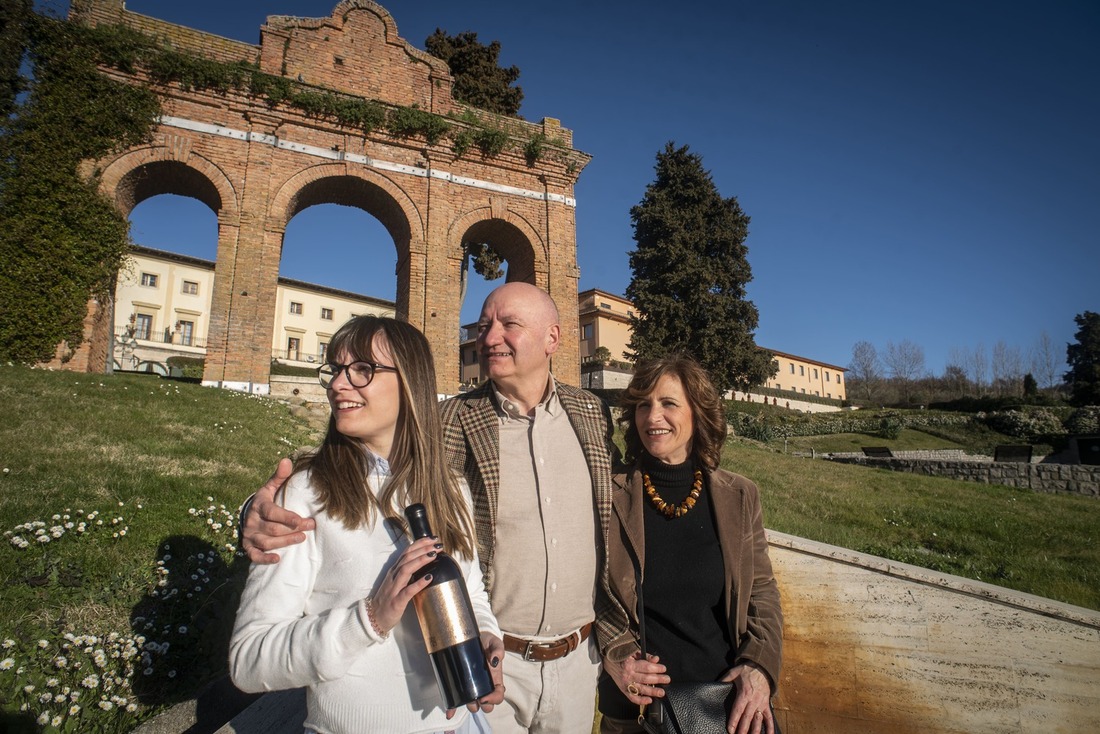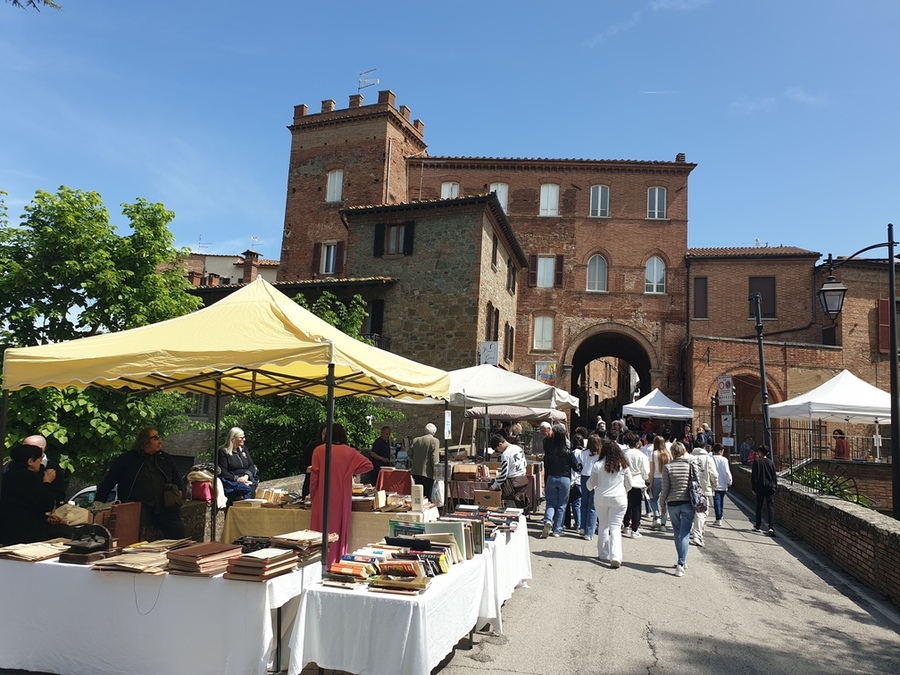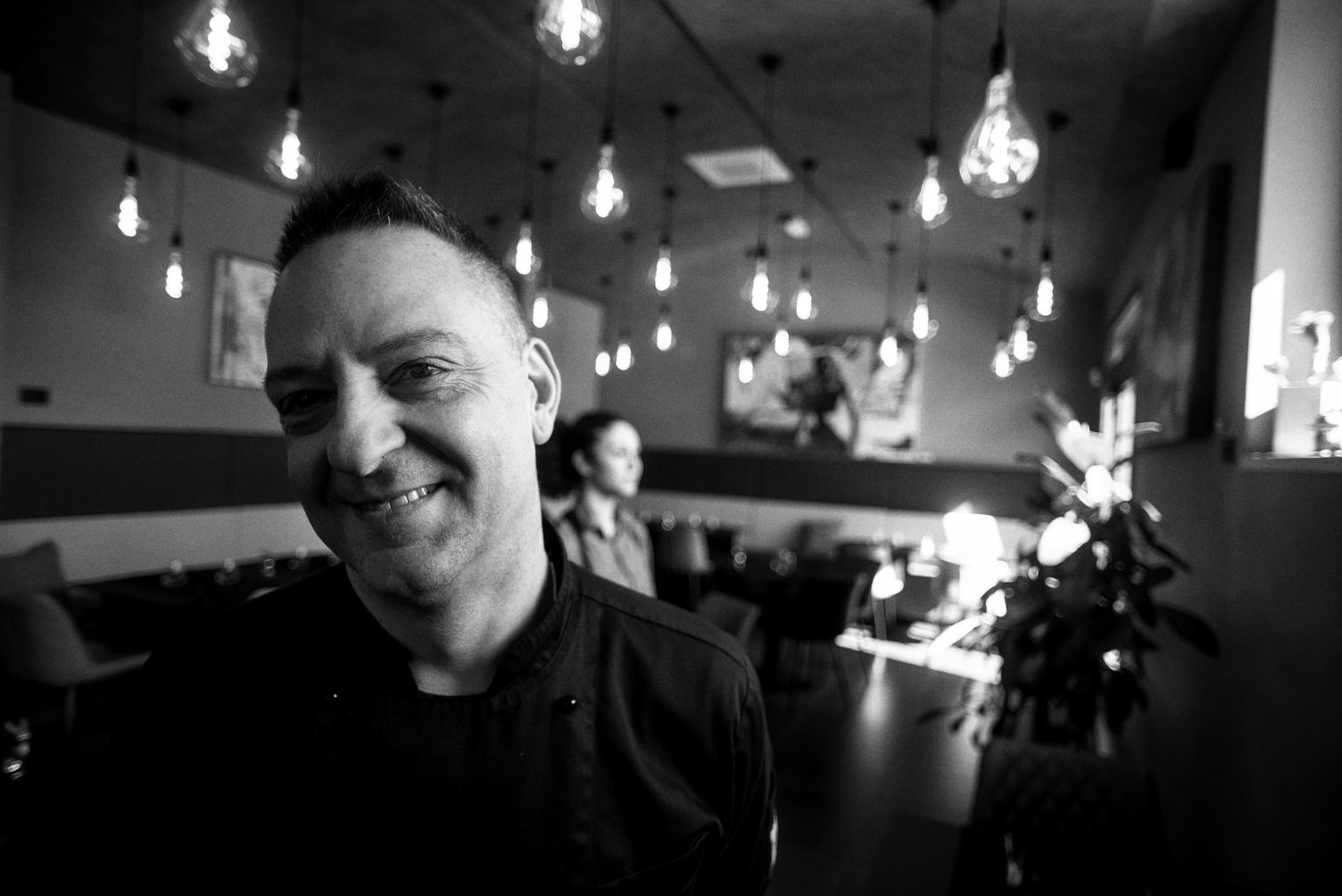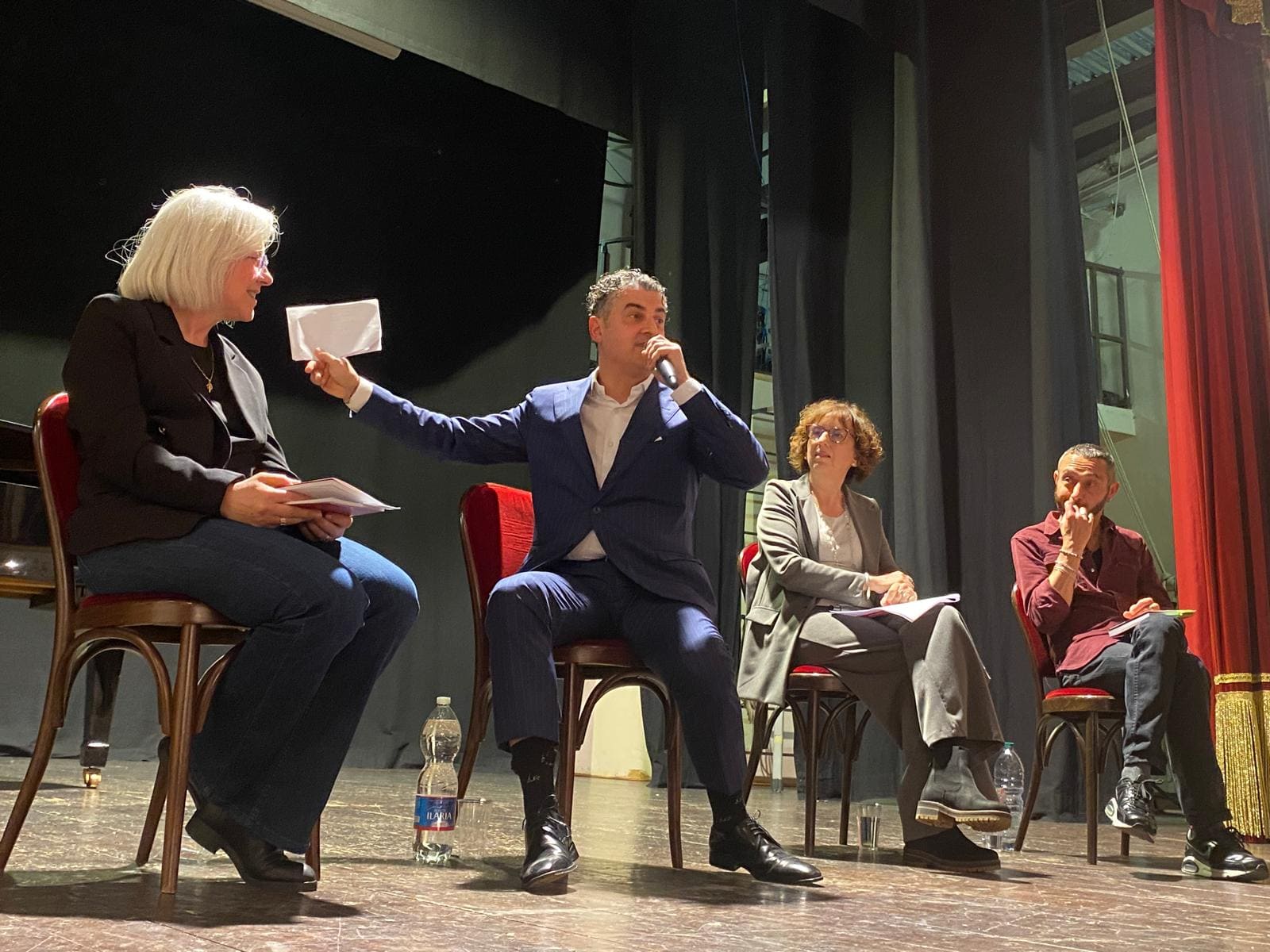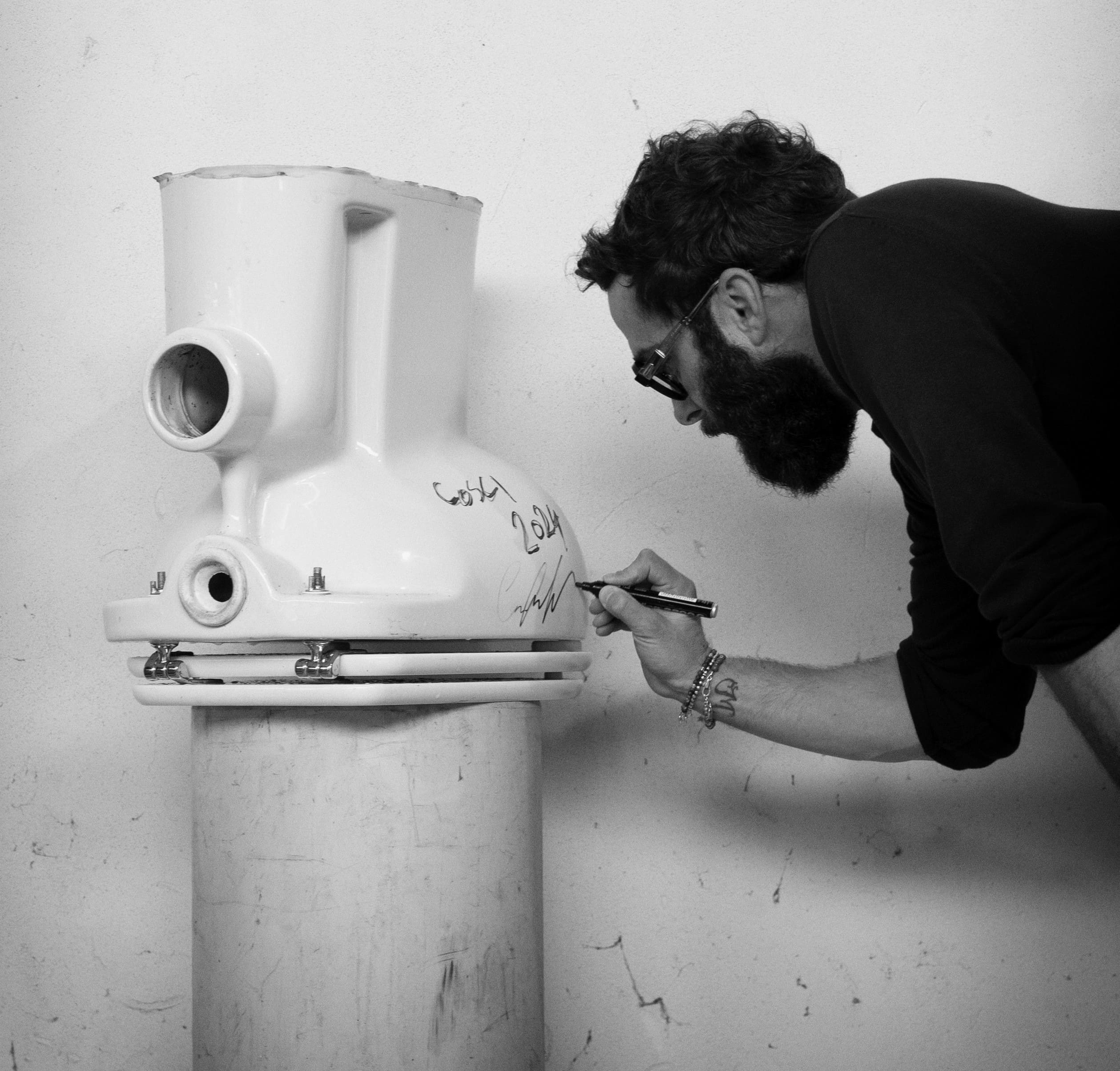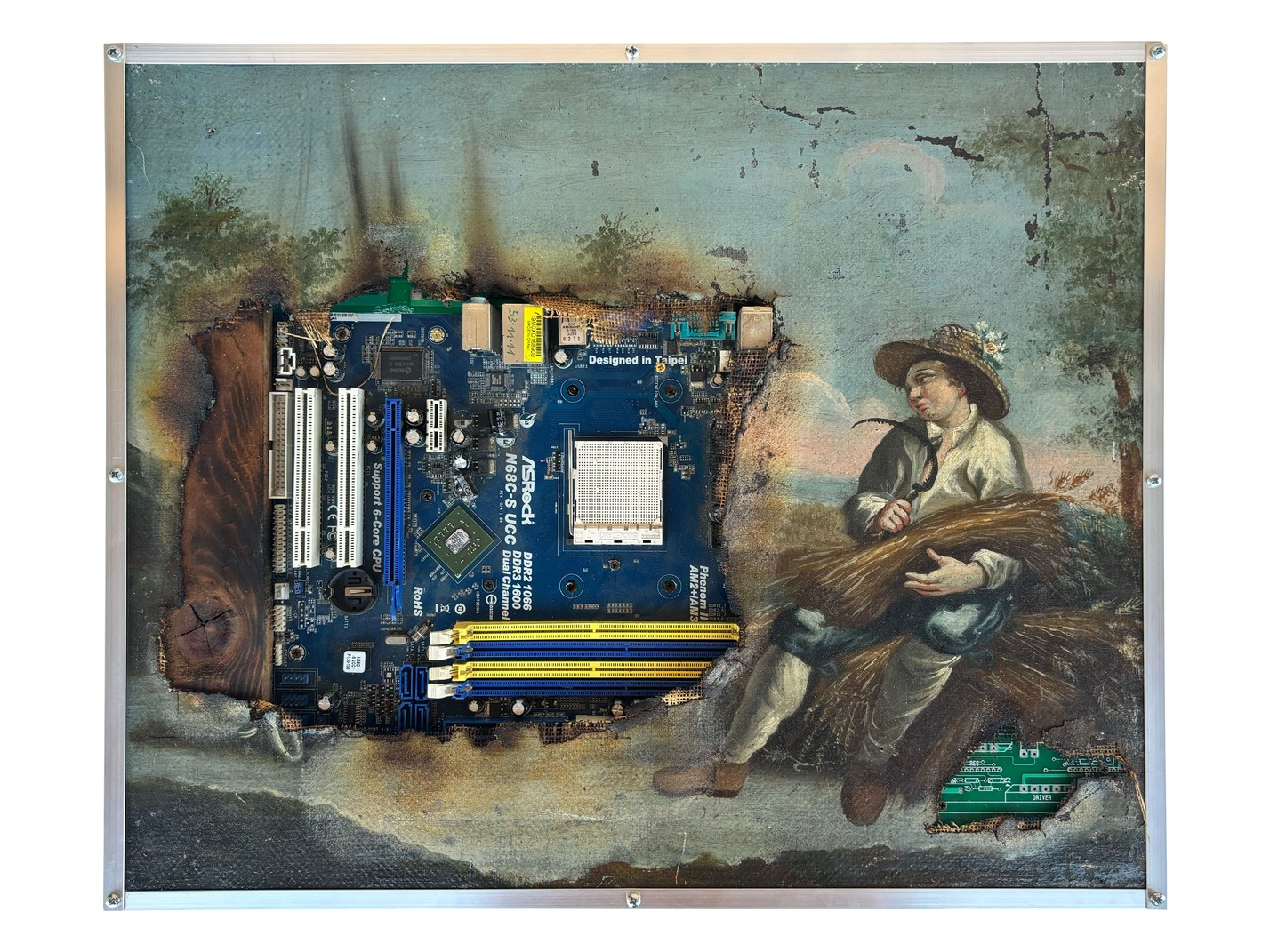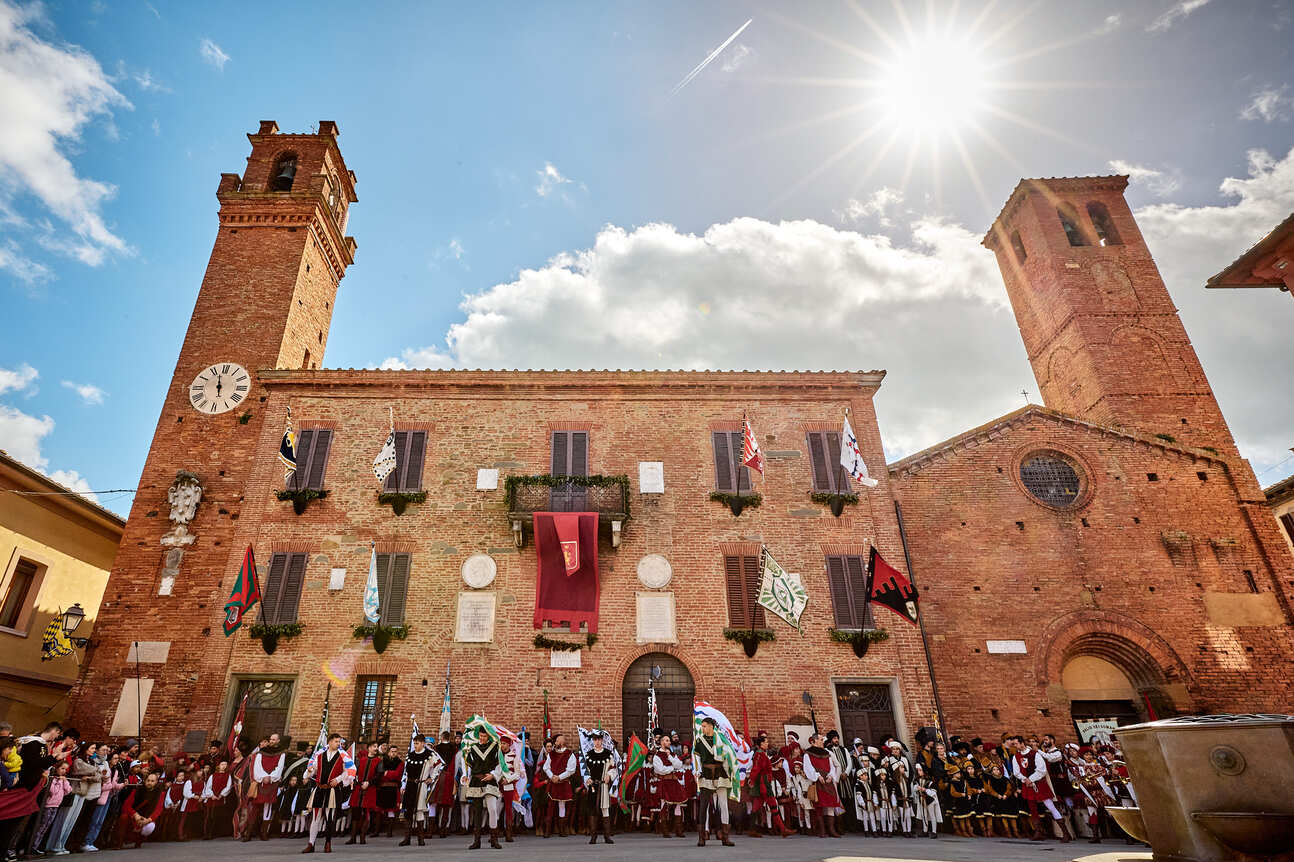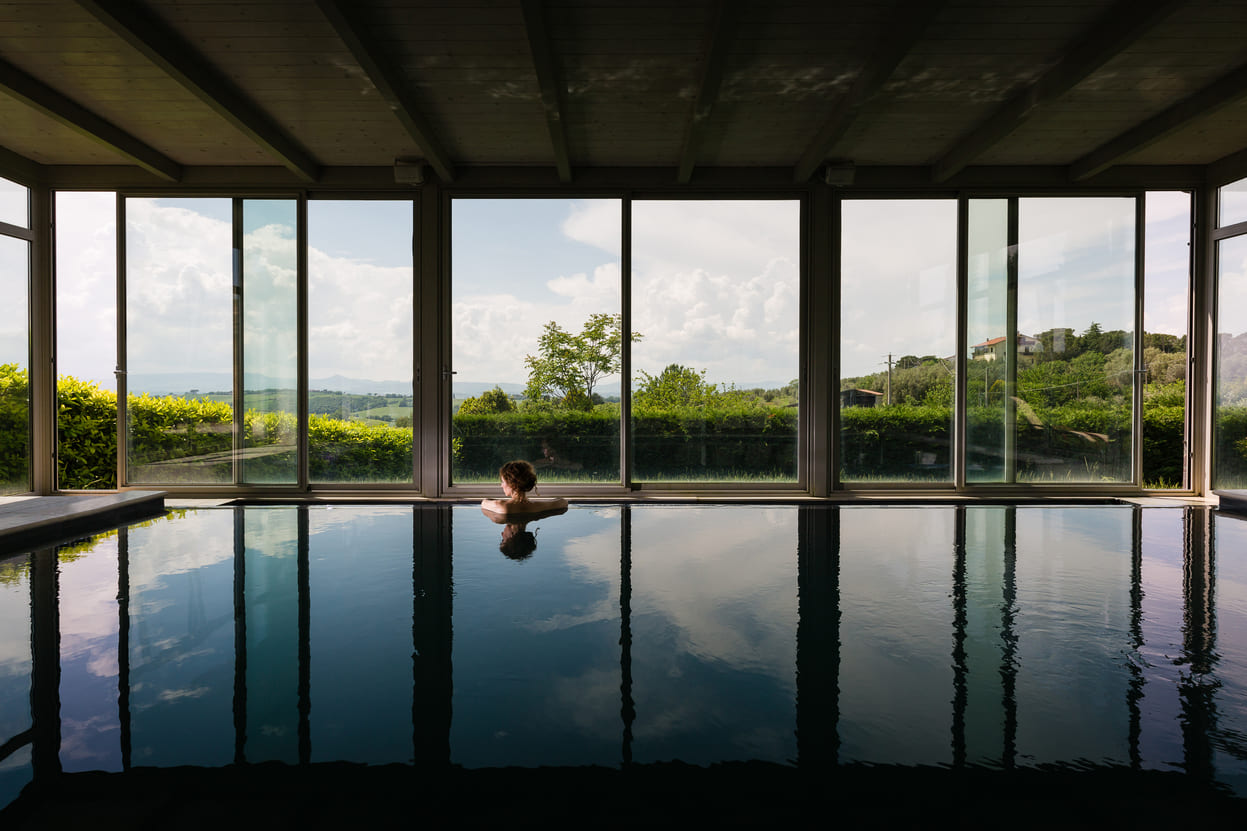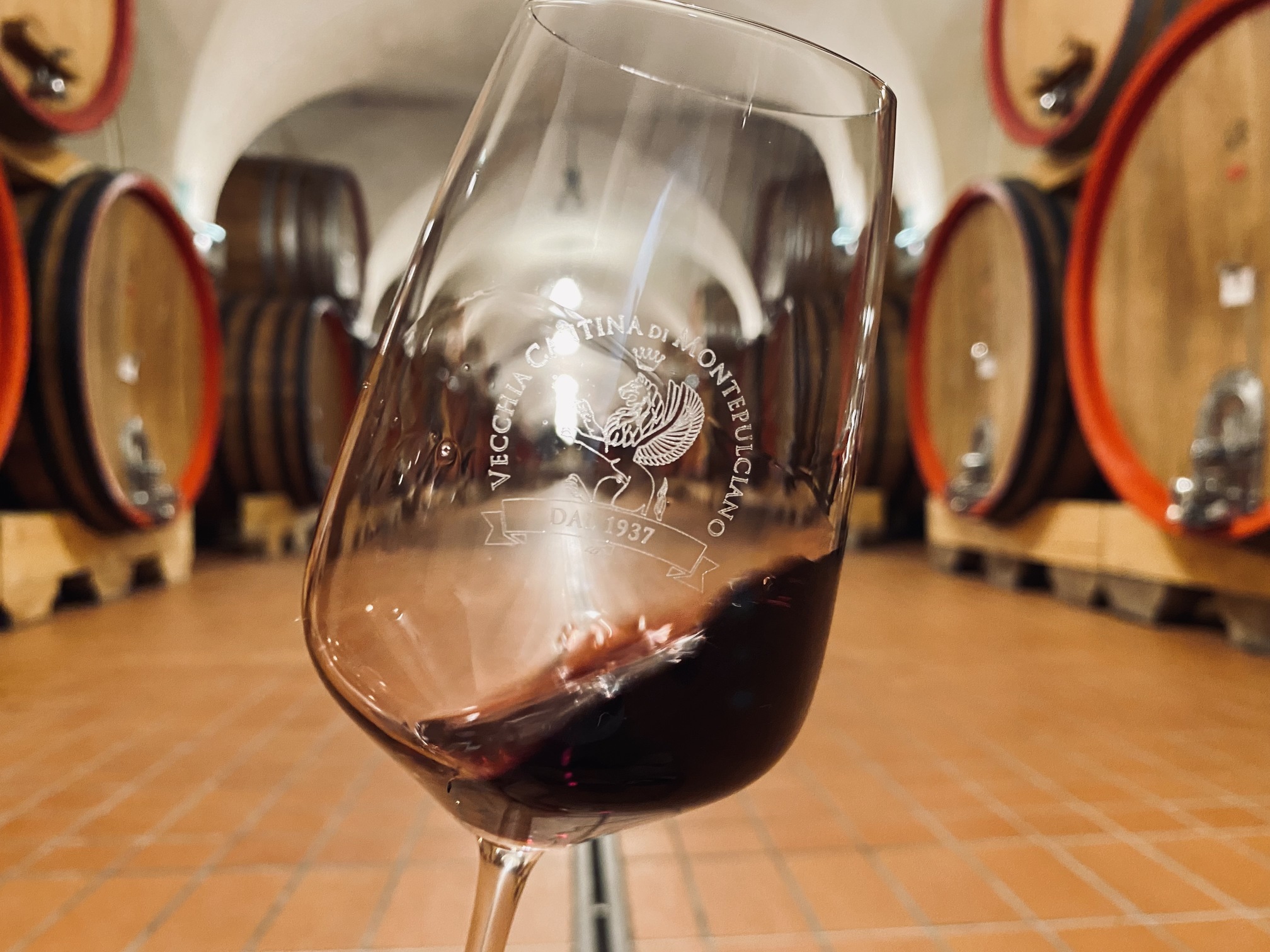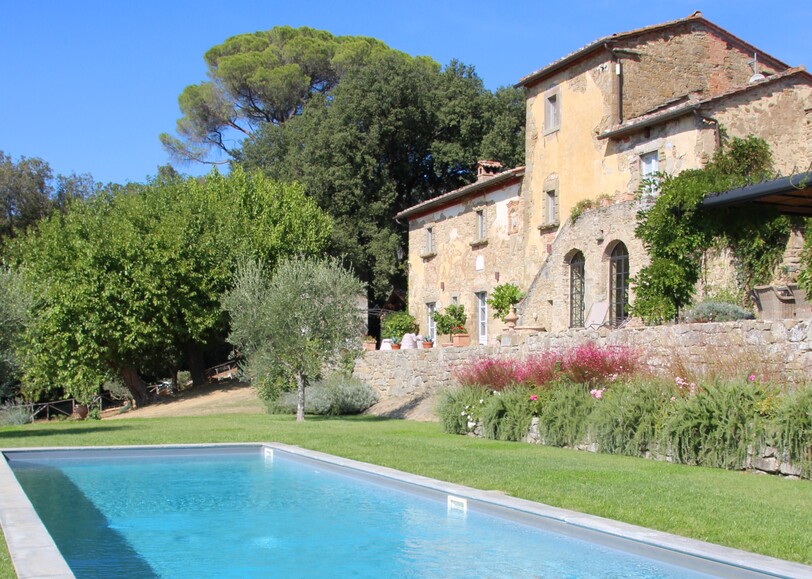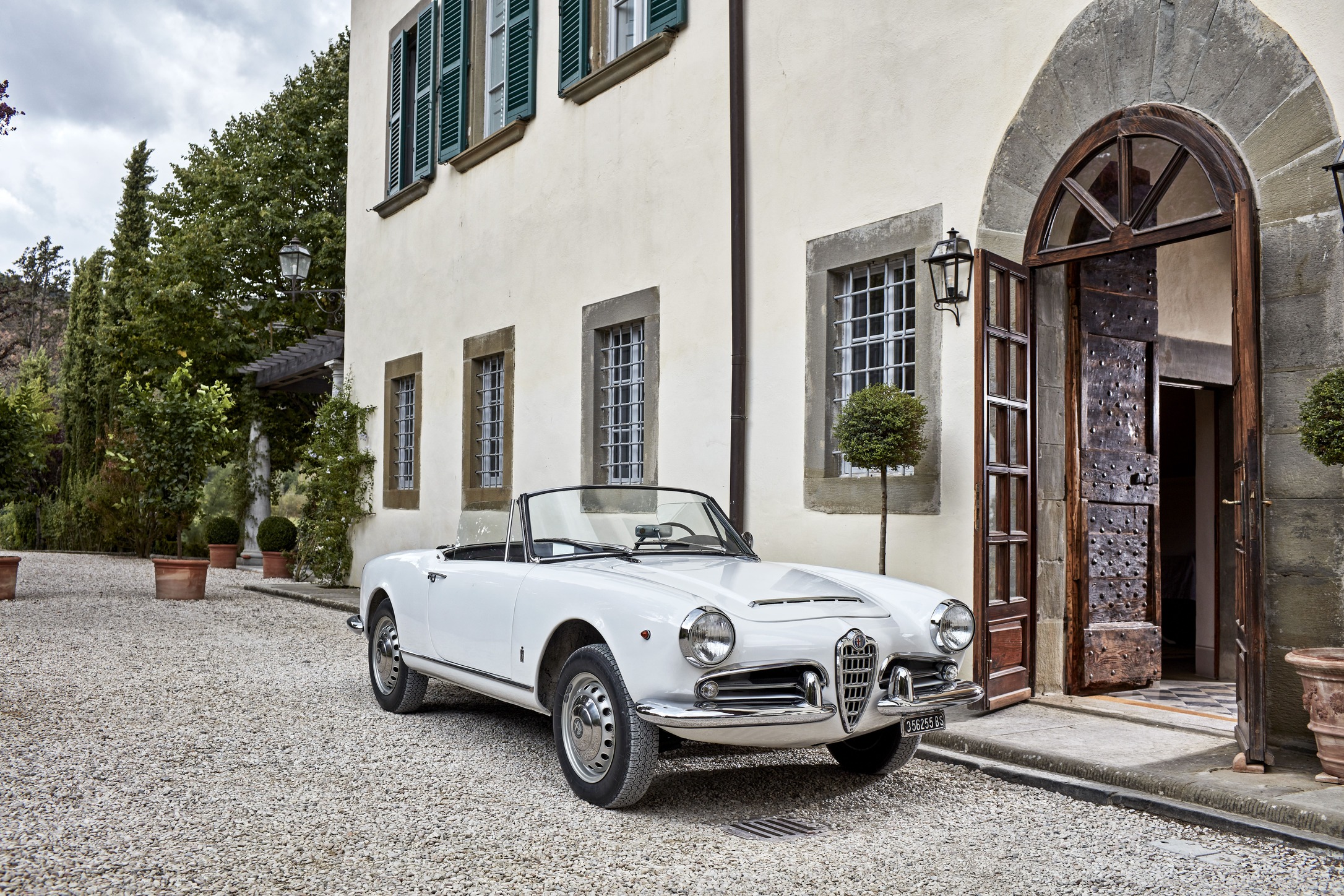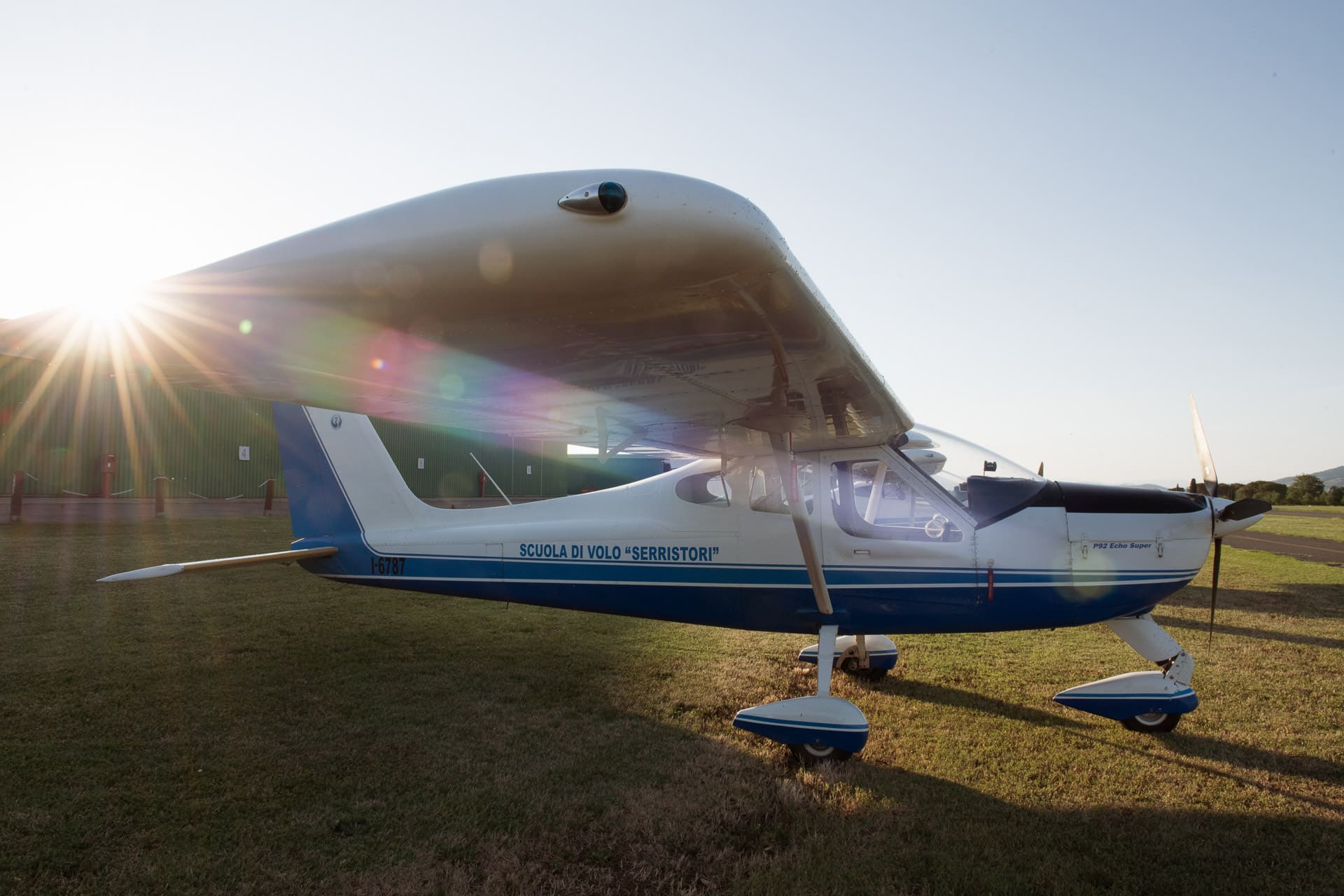These two new wines evoke an important history, especially that of Sangiovese which is rooted in the peasant history of Tuscany – and which are projected towards the future thanks to a great Cabernet Sauvignon, a grape variety that has already conquered the world.
read more >Category: Valdichiana and Lago Trasimeno
By Simone Bandini We tell you, through the voice of their protagonists, about three events in spring and early summer in Torrita di Siena. Three important opportunities to get to know the village, its ancient history and the artistic liveliness of its citizens: ‘Il Borgo dei Libri’ (24,25 May), ‘Fermento’ (14,15 June) and […]
read more >In short, everything originates from this philosophy of beer, a culture transferred to pairing with the restaurant’s dishes: “We build our proposals in the kitchen to enhance our beer, and not vice versa. To this end, the necessary work is not to weigh down the flavours,” they confirm. Our beers are also sometimes used in cooking.
read more >It happens, wandering through the villages of our beautiful Tuscany, to come across forgotten pieces of history. Yes, the very ones that in lands less rich in antiquity and traditions would drive tourists crazy as if they were rare and precious stones, and which, to us, seem so normal that we don’t pay much attention to them. In Sarteano this is the case of the “Pope’s House”, the palace where Francesco Todeschini Piccolomini, born Pope Pius III (1439-1503), was born.
read more >In this new season I would like to continue to produce new ice cream tastes but also to carry on my new literary stimulus at the same time. I already have contacts with musician friends with whom I would like to return to play the role of the showman, as in the past, and maybe finally find a producer who sits in front of me to listen to my rhyming songs embraced by the music.
read more >Who knows what Duchamp, a famous exponent of the French avant-garde, would think if he had seen us busy around a toilet, wanting to reproduce a new ‘Fountain’ – his ready-made work/urinal, created by the artist in 1917. The original piece, which was widely known for its sensation, was lost. Today only copies are preserved in various museums around the world.
read more >The exhibition “The Great Illusion” set up at the Crociani Civic Museum – Pinacoteca in Montepulciano, offers a visual and conceptual exploration of the reflections of the artist Tomaini on the impact of modern technologies on contemporary society.
read more >We are with the newly elected Councillor for Culture Roberto Trabalzini for our, now customary, appointment with Torrita di Siena: its ancient history, unspoiled nature and the many events that the city associations have been carrying out with enthusiasm, for decades, together with the Municipal Administration.
read more >“Phase two of this newly branded ‘Terme Miele’, which we have called ‘water’ – he continues – will see the commissioning of two therapeutic whirlpools, two private soaking tubs for specific bath oil and salt treatments and an anti-gravity mini-pool”. The architecture of the new Spa will recall a beehive, combining well-being with the prodigious magic world of bees and honey inspired treatments.
read more >My work arises from a constant dialogue between ideal forms and the material that expresses them, a process that is not purely instinctive nor totally rational. It is a fusion of intuition and reflection, in which natural laws and ideas meet, with geometry marrying to living form. I do not try to separate these aspects, because I believe that beauty emerges precisely from this synthesis between ideal perfection and material imperfection, between thought and gesture.
read more >Jutta was born in Coblenz in the Rhineland in Germany during the War, and went to study art and design in Dusseldorf. She had always dreamed of leaving Germany to travel, and spent a year abroad studying and working in Rome. When, after 6 years of art school, the possibility to spend a period in South Africa working for a textile company presented itself, the young Jutta jumped at the opportunity.
read more >Bruno and Marisella Batinti, after several productive years of hospitality experience with their business “Le Torri di Porsenna” (named for Chiusi’s ancient and powerful Etruscan king) found a new and inspiring site for their country house in Petrignano del Lago, in the Comune of Castiglione del Lago. Overlooking the rolling hills and vineyards near to Lake Trasimeno, the new location for their country house and working vineyard is well named, as it is certainly fit for a king.
read more >Founded in July of 1937 as a cooperative of fourteen local winemakers who banded together to facilitate both the production and the sales of their wines. Vecchia Cantina bottled its first wine in 1940 during the war. After the difficult war years, in the 1950’s and the reorganization of the lands, the Vecchia Cantina acted as a driving force for wine production in the area, a role that they cover to this day with the over 400 member vineyard owners and over a thousand hectares of vineyards producing around seven million bottles of wine annually.
read more >The oldest part of the house, the central tower, goes back to the 15th century, its original incarnation being a watchtower protecting Tuscany’s flank with Papal Umbria. It became a house when two wings to the left and right of the tower were added in 1771 by the Tommasi family, whose coat of arms adorns a large stone set into the wall above the main door.
read more >At the end of the Val D’Esse, nestled under the hill separating Tuoro and Lake Trasimeno from the countryside below Cortona sits the tiny hamlet of Piazzano. Just inside the border of Umbria, it is surrounded by farmland, olive terraces and woodland. This ancient area may have gotten its name during the famous battle between the Carthaginian general Hannibal and Roman consul Gaius Flaminius in 217 B.C.E. when it is thought the Roman contingent set up a military camp there with a “piazza d’armi” or a parade ground.
read more >Driving across the flat plain which stretches between Castiglion Fiorentino and Marciano with its fields and sparsely scattered farmhouses, we come across a vast, open stretch of land, eleven hectares in all, home to the Centro Volo Serristori. Here all manner of light aircraft can be seen coming and going, particularly on the weekends – ultralights and small touring planes such as Pipers and Cessna.
read more >